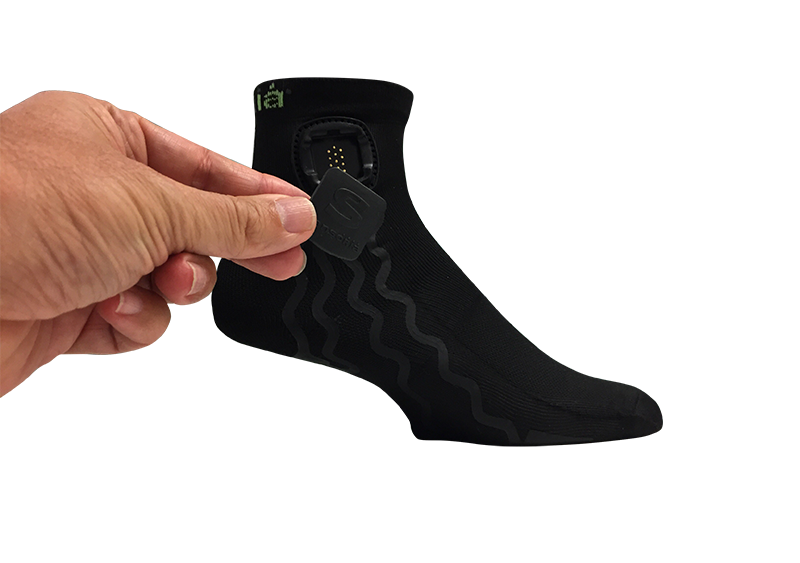Smart sock maker Sensoria has partnered up with the Michael J. Fox Foundation (MJFF) and independent research group Neuroscience Research Australia to launch a 100-patient clinical trial, which will investigate what smart textiles in socks can do for Parkinson’s disease patients.
Related Michael J. Fox Foundation’s Collaboration with Verily Aims to Deepen Understanding of Parkinson’s
The trial is called Standing Tall-PD, and is supported by a grant from MJFF. The first phase of the study will investigate how smart textiles can improve Parkinson’s care by collecting more data and serving it to providers. The second part will actually test a haptic feedback motor in the socks that Sensoria execs say can free a patient from freeze of gait (FoG) and potentially prevent falls, reports MobiHealthNews.
“If you think about this type of population, the aging population, it is quite frankly underserved by technology innovation,” Sensoria CEO Davide Vigano told MobiHealthNews. “The traditional medical technologies are perceived as a stigma, and wearable technology simply doesn’t provide the right information to make diagnostic decisions. So, what we are building with the Michael J. Fox Foundation, thanks to the grant we were just awarded, is a special type of IoT sock with pressure sensors and also haptic feedback.”
Parkinson’s disease is a progressive nervous system disorder that affects movement. It is the second most common neurodegenerative disease after Alzheimer’s. Symptoms start gradually, sometimes starting with a barely noticeable tremor in just one hand. Tremors are common, but the disorder also commonly causes stiffness or slowing of movement.
The status quo of Parkinson’s disease is very poor, and that’s what makes it a focus area for remote monitoring innovation.
“Most of the Parkinson’s patients need to go to a clinic every two weeks to get gait assessments, which means there’s a medical assistant there that monitors how quickly and how well the patient can walk, and there is a correlation between that and progression of the disease,” Vigano said. “… That traditional testing that every single Parkinson’s patient has to do every two weeks, we can do that multiple times a day to get this kind of data.”
Related Study Explores Use of Wearable Technology and Machine Learning to Monitor Parkinson’s Disease
Vigano believes this type of real-time monitoring will enable immediate alerts on the patient’s condition, allowing doctors to investigate whether, for instance, a patient isn’t adhering to their medication or their medication isn’t working.













